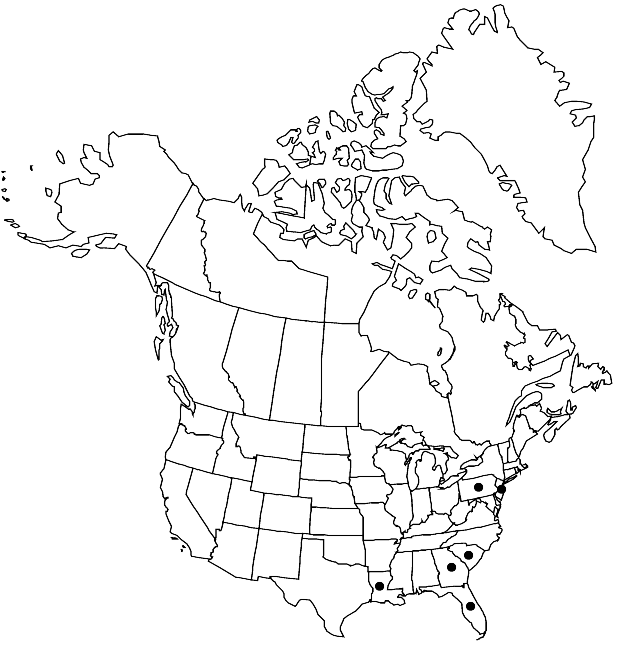Difference between revisions of "Arivela viscosa"
Sylva Tellur., 110. 1838.
FNA>Volume Importer |
FNA>Volume Importer |
||
| Line 8: | Line 8: | ||
}} | }} | ||
|common_names=Wild mustard;tickweed;yellow cleome | |common_names=Wild mustard;tickweed;yellow cleome | ||
| − | |basionyms={{Treatment/ID/ | + | |basionyms={{Treatment/ID/Basionym |
|name=Cleome viscosa | |name=Cleome viscosa | ||
|authority=Linnaeus | |authority=Linnaeus | ||
| + | |publication_title=Sp. Pl. | ||
| + | |publication_place=2: 672. 1753 | ||
}} | }} | ||
|synonyms={{Treatment/ID/Synonym | |synonyms={{Treatment/ID/Synonym | ||
| Line 61: | Line 63: | ||
|publication year=1838 | |publication year=1838 | ||
|special status= | |special status= | ||
| − | |source xml=https://jpend@bitbucket.org/aafc-mbb/fna-data-curation.git/src/ | + | |source xml=https://jpend@bitbucket.org/aafc-mbb/fna-data-curation.git/src/f6b125a955440c0872999024f038d74684f65921/coarse_grained_fna_xml/V7/V7_313.xml |
|genus=Arivela | |genus=Arivela | ||
|species=Arivela viscosa | |species=Arivela viscosa | ||
Revision as of 20:21, 24 September 2019
Plants (10–)30–100(–160) cm. Stems viscid. Leaves: petiole 1.5–4.5(–8) cm, glandular-hirsute; leaflet blade ovate to oblanceolate-elliptic, (0.6–)2–6 × 0.5–3.5 cm, margins entire and glandular-ciliate, apex acute to obtuse, surfaces glandular-hirsute. Racemes 5–10 cm (10–15 cm in fruit); bracts (often deciduous), trifoliate, 10–25 mm, glandular-hirsute. Pedicels 6–30 mm, glandular-hirsute. Flowers: sepals green, lanceolate, 5–10 × 0.8–1.2 mm, glandular-hirsute; petals arranged in adaxial semicircle before anthesis, radially arranged at anthesis, bright yellow, sometimes purple basally, oblong to ovate, 7–14 × 3–4 mm; stamens dimorphic, 4–10 adaxial ones much shorter with swelling proximal to anthers, green, 5–9 mm; anthers 1.4–3 mm; ovary 6–10 mm, densely glandular; style 1–1.2 mm. Capsules dehiscing only partway from apex to base, 30–100 × 2–4 mm, glandular-hirsute. Seeds light brown, 1.2–1.8 × 1–1.2 mm, finely ridged transversely. 2n = 20.
Phenology: Flowering summer.
Habitat: Disturbed roadsides, vacant lots, citrus groves, railroads, ballasts
Elevation: 0-50 m
Distribution

Fla., Ga., La., N.J., Pa., S.C., s, se Asia, Africa, introduced also in Mexico, West Indies, Central America, South America.
Discussion
Arivela viscosa seeds have a high oil content (26%), are rich in linoleic acid, and are eaten in India. The leaves and seeds have been used medicinally in Asia (southern China, Guam, India) for the eyes and intestines, and as a poultice for headaches and rheumatism (R. N. Chopra et al. 1986; N. D. Mandahar 2002). Records from New Jersey and Pennsylvania are based on non-persistent ballast plants from the late 1800s.
Selected References
None.
